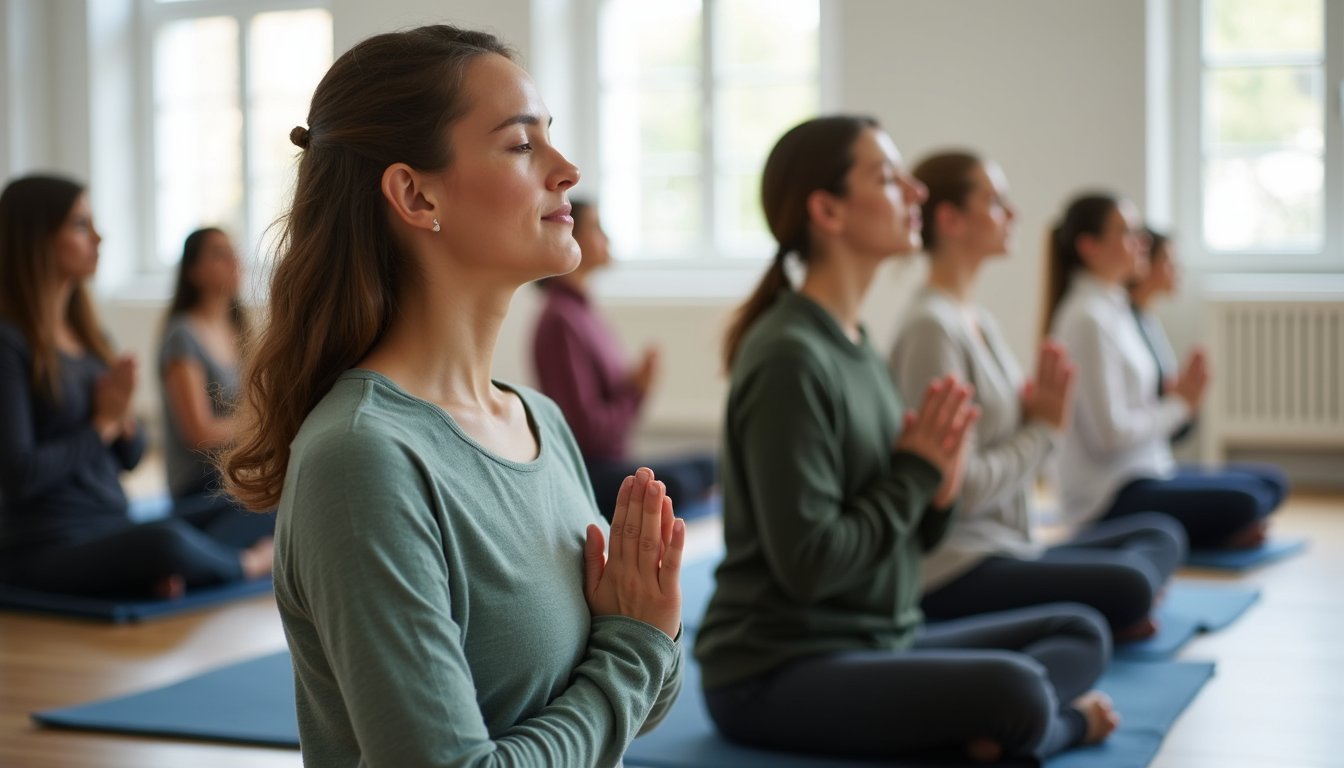The Connection Between Substance Abuse and Domestic Violence
Substance abuse and domestic violence are two serious issues that are often intertwined, creating a dangerous and difficult-to-break cycle. For many people, drugs and alcohol can lower inhibitions, making violent behavior more likely, while others may turn to substances as a way to numb the pain from an abusive relationship. Whether it’s the abuser using substances to fuel aggression or the victim using them as an escape, these issues often make each other worse. Understanding the link between substance abuse and domestic violence is crucial, not only to help those directly affected but also to prevent these problems from spreading to future generations.
Many people don’t realize that substance abuse affects not just the individual but everyone around them, especially in relationships. Addressing both addiction and abuse at the same time is key to helping people heal, but that requires a deeper understanding of how the two are connected. Shedding light on this problem allows us to raise awareness, reduce stigma, and encourage people to get the help they need before things get worse. It’s time we have real conversations about how substances and violence affect relationships, and how we can break the cycle for good.
What is Domestic Violence?
Domestic violence is when someone uses power and control to harm or manipulate another person in an intimate relationship. This can be through physical violence, emotional abuse, psychological beratement, sexual abuse, and financial abuse. In these situations, one person tries to dominate the other, often making them feel scared, worthless, or trapped. Domestic violence can appear different, depending on circumstances, but common signs include name-calling, threats, isolation from friends and family, and controlling behavior. It can happen in any relationship, regardless of age, gender, or background, and it’s about controlling and hurting someone in ways that are meant to make them feel powerless.
Domestic violence can happen gradually without the person experiencing the abuse cottoning on to anything overly weird happening at all or making any attempts to escape. Victims often feel stuck or confused, believing they somehow deserve the mistreatment, or they’re afraid to speak out because they fear further harm or retaliation.
What are the Different Types of Domestic Violence?
Domestic violence can happen in many different ways, all aimed at controlling or hurting someone. Here are the main types of domestic violence:
- Physical Abuse: This is the most obvious form of domestic violence, and it includes things like hitting, slapping, kicking, or using weapons to cause harm. It can also involve physical restraint, like pinning someone down or blocking their exit from a room. Physical violence often leaves visible scars, but not always. Bruises and cuts might fade, but the emotional damage lasts longer.
- Emotional or Psychological Abuse: This type of abuse is less visible, but just as damaging. It involves manipulation, humiliation, and controlling behavior that messes with someone’s self-esteem and sense of reality. Abusers might call their partners names, make them feel worthless, or constantly put them down. Over time, this can make the victim feel like they can’t do anything right or that they don’t deserve better.
- Sexual Abuse: This involves forcing someone into sex or sexual acts without their consent. It can include rape, unwanted touching, or pressuring someone into sexual activity they don’t want. Sexual abuse in a relationship is about control, not love, and can happen whether the couple is married or not.
- Financial Abuse: This form of abuse sees the abuser controlling the victim’s access to money or financial resources. This might include limiting access to a bank account, refusing to let the victim work, or sabotaging their job. By controlling the victim’s financial situation, the abuser can make it difficult for them to leave the relationship.
- Verbal Abuse: This is when someone uses words to tear down their partner, often through insults, threats, or constant criticism. Over time, verbal abuse can leave deep emotional scars, even if no one can see them. This kind of abuse can make the victim feel like they’re always in the wrong or that they can never measure up.
- Digital or Cyber Abuse: In today’s world, abuse can also happen online or through technology. This might include stalking, spying on someone’s messages or social media, or using technology to control where someone goes or who they talk to. This can feel especially isolating because it can happen 24/7, even when you’re not physically together.
What are the Signs of Substance Abuse and Domestic Violence?
Spotting the signs of both substance abuse and domestic violence can be tricky because they often show up in subtle or hidden ways. But when these issues are happening together, there are some warning signs to watch out for. Here’s a breakdown of common signs for each. Here’s a breakdown of common signs associated with each condition::
Signs of Substance Abuse
- Changes in behavior or mood: Someone struggling with substance abuse may act differently than they normally would. For example, getting unusually irritable, withdrawn, or even overly happy. They might seem “off,” or their reactions may seem exaggerated.
- Neglecting responsibilities: If someone is using substances frequently, they might stop showing up for work, school, or other important commitments. They may also stop taking care of themselves, skipping meals, or neglecting their hygiene.
- Physical signs: People with substance abuse issues may have red or bloodshot eyes, track marks on their arms, or an unkempt appearance. If they’re using drugs or alcohol excessively, they might also appear drunk or disoriented even when they’re not drinking.
- Secretive behavior: They may become secretive about where they’ve been, who they’ve been with, or what they’re doing. If they’re hiding alcohol or substances around the house, or sneaking off to use, this is a red flag.
Signs of Domestic Violence
- Extreme mood swings: A partner who is always overly angry, controlling, or volatile in their emotions could point to an abusive relationship. The abuser might bounce back and forth from being loving and then suddenly aggressive or distant.
- Isolation: Victims of domestic violence often find themselves cut off from friends and family, either through direct control or subtle manipulation. An abusive partner might insist on making all the decisions about where to go, who to talk to, or what activities to do, isolating them from support.
- Fear of the partner: If someone seems scared or anxious around their partner, it could be a sign of abuse. This could show up as nervousness before the partner arrives or always walking on eggshells to avoid triggering a reaction.
- Physical injuries or excuses: Often, victims of domestic violence will have unexplained bruises, cuts, or other injuries. They might make excuses about how they got hurt (like “I fell down the stairs”), but if the injuries seem suspicious or happen often, it’s a warning sign.
- Controlling behavior: The abuser may try to control every aspect of the victim’s life, from how they dress to what they say or do. If someone is constantly being criticized or belittled, especially in front of others, it’s a sign that emotional abuse may be taking place.
Domestic Violence and Substance Abuse Statistics
- Mental Health and Substance Abuse: Young adults who experience physical domestic violence are at a higher risk of developing mental health problems or substance abuse disorders within six months following the abuse.
- Teen Substance Use: Teens who face domestic violence are at a higher risk of smoking and using drugs compared to their peers who are not affected by abuse.
- Substance Abuse in Domestic Violence: Between 40-60% of domestic violence incidents involve substance abuse, showing a strong connection between the two.
- Alcohol and Domestic Violence: People in abusive relationships are 70% more likely to binge drink compared to those in healthy relationships.
- Drugs and Violence: Over 20% of male abusers admit they were under the influence of alcohol or drugs before their most violent incidents.
- Impact of Substance Use on Violence: Physical violence is 11 times more likely to occur on days when heavy alcohol or drug use is involved.
Raising Awareness About Domestic Violence and Addiction
October is Domestic Violence Awareness Month, a time to shine a spotlight on an issue that affects millions of people every year. It’s a month dedicated to raising awareness about the impact of domestic violence, supporting survivors, and working toward breaking the cycle of abuse. The goal is to not only educate people on what domestic violence looks like but also to give a voice to those who may feel like they don’t have one. Whether through social media campaigns, fundraising events, or local support groups, this month encourages all of us to take action in whatever way we can.
End the Cycle of Abuse at Santa Barbara Recovery
Ending the cycle of abuse is possible, and Santa Barbara Recovery is here to help make that happen. Breaking free can feel overwhelming, but it doesn’t have to be something you face alone. Santa Barbara Recovery offers a safe space where people can heal from both addiction and trauma at the same time. Our team understands how deeply these issues are connected, and we provide the support, addiction therapy, and guidance needed to rebuild a life that’s healthier and stronger than before.
The best way to end the cycle of abuse is through finding the strength to move forward, even when it feels like everything is pulling you back. At Santa Barbara Recovery, you’ll find a community that’s there to support you every step of the way, whether it’s through counseling, group therapy, or just knowing that there’s a place where you can speak your truth. If you’re ready to break the cycle of abuse, contact us today and let Santa Barbara Recovery help you take that first step toward healing and a brighter future. You don’t have to do it alone.





